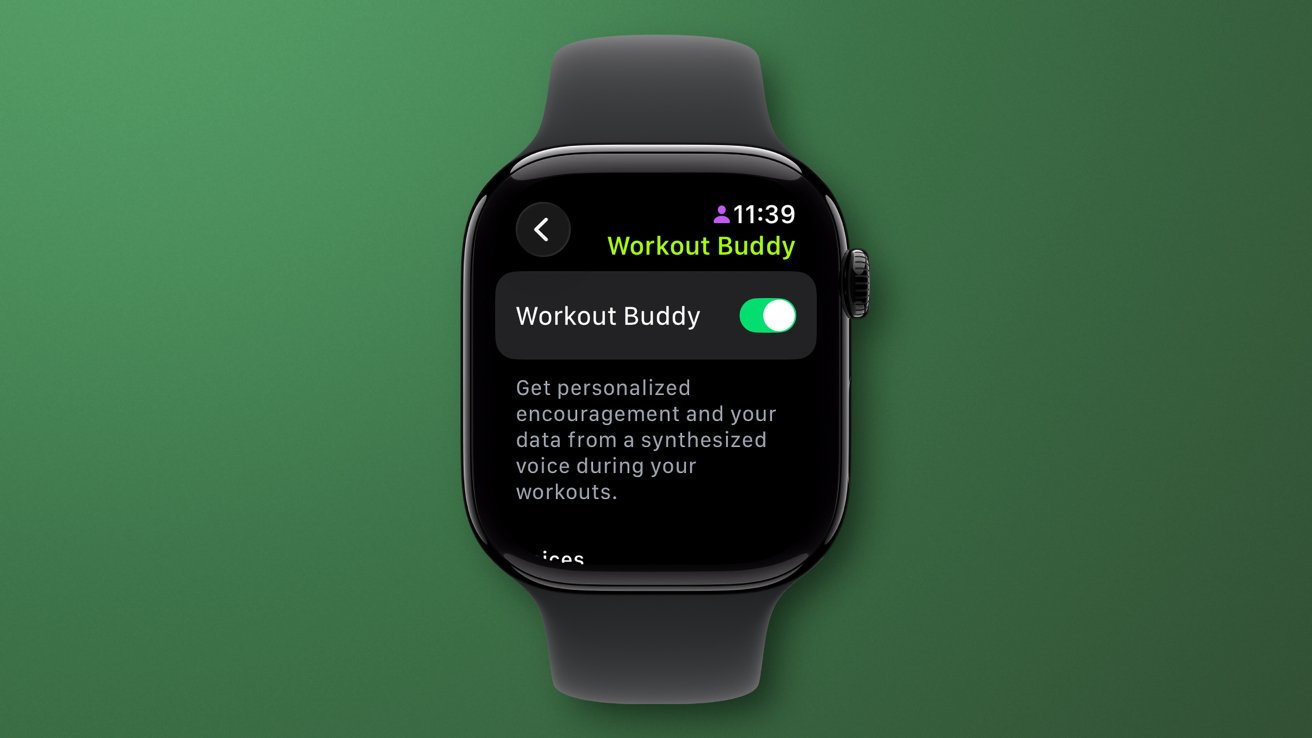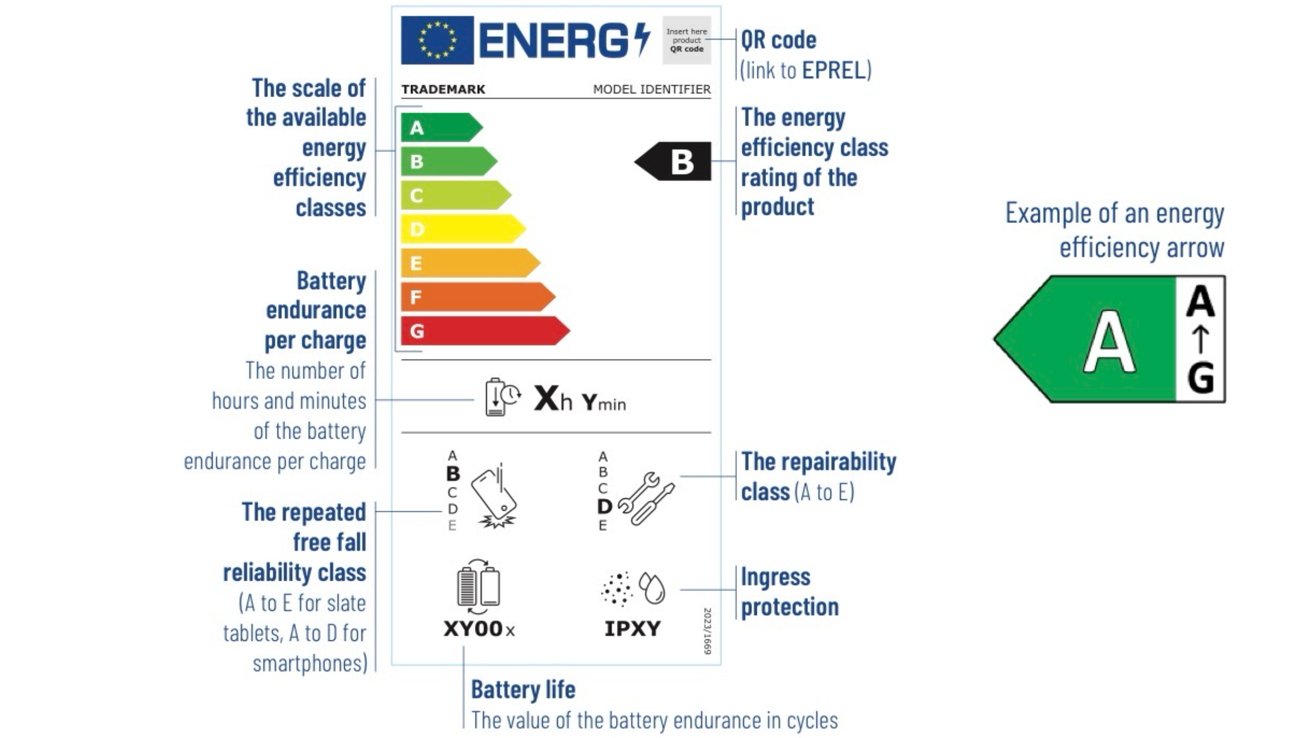Sentiment Analysis for Mobile Apps
Decoding User Emotions: Sentiment Analysis in Mobile Apps In the bustling ecosystem of mobile applications, understanding user sentiment is no longer a luxury; it's a strategic imperative. From app store reviews to in-app feedback, users are constantly broadcasting their opinions, desires, and frustrations. For developers and product managers, harnessing this torrent of feedback to glean actionable insights can be the difference between a thriving app and one that languishes in obscurity. This is where Sentiment Analysis steps in, a powerful Natural Language Processing (NLP) technique that allows us to automatically identify and extract subjective information from text, categorizing it as positive, negative, or neutral. For mobile app developers, sentiment analysis offers a direct line to the pulse of their user base. It’s about moving beyond raw data and diving deep into the emotional landscape that shapes user engagement, retention, and ultimately, the success of an application. Why Sentiment Analysis Matters in the Mobile App Landscape Imagine launching a new feature. You’ve poured countless hours into development, testing, and marketing. Now, you’re eagerly awaiting user feedback. Without sentiment analysis, sifting through hundreds or thousands of app store reviews or support tickets to gauge the overall reception would be a monumental, often impractical task. Sentiment analysis automates this process, providing a high-level overview and the ability to drill down into specific pain points. Here’s why it’s crucial: Enhanced User Experience (UX): By identifying negative sentiment, developers can quickly pinpoint areas of the app that are causing frustration. This could be a confusing UI element, a bug that disrupts workflow, or a feature that doesn’t meet expectations. Addressing these issues proactively leads to a smoother, more enjoyable user experience. Prioritizing Feature Development: Positive sentiment around a particular feature can indicate its popularity and potential for further expansion. Conversely, negative sentiment can steer development away from unpopular or poorly implemented functionalities, saving valuable resources. Reputation Management: Negative reviews on app stores can significantly deter potential downloads. Sentiment analysis allows for timely identification and response to negative feedback, demonstrating responsiveness and a commitment to user satisfaction. Competitive Analysis: Understanding how users feel about competitor apps can reveal market gaps and opportunities. By analyzing sentiment in competitor reviews, you can identify their strengths and weaknesses and inform your own product strategy. Personalization and Targeted Marketing: While often applied to broader feedback, sentiment analysis can also be used to personalize user experiences within the app or tailor marketing messages based on expressed preferences and emotions. The Mechanics of Sentiment Analysis in Mobile Apps At its core, sentiment analysis involves processing textual data to determine the underlying sentiment. For mobile apps, this typically involves analyzing: App Store Reviews: The most common and readily available source of user feedback. In-App Feedback Forms/Surveys: Direct channels for users to express their opinions. Support Tickets/Customer Service Interactions: Detailed accounts of user issues and their emotional state. Social Media Mentions: Conversations about the app on platforms like Twitter or Reddit. The techniques employed can range from relatively simple rule-based systems to sophisticated machine learning models. 1. Lexicon-Based Approaches These methods rely on pre-defined dictionaries (lexicons) of words, where each word is assigned a sentiment score (e.g., "great" = +1, "terrible" = -1). The overall sentiment of a piece of text is calculated by aggregating the scores of the words within it. Example: Consider the review: "This app is amazing! I love the user-friendly interface. However, it crashes frequently, which is quite annoying." "amazing": Positive (e.g., +2) "user-friendly": Positive (e.g., +1) "crashes": Negative (e.g., -2) "annoying": Negative (e.g., -1) A simple aggregation might yield a slightly positive overall score, but a more nuanced approach would recognize the strong negative sentiment related to the crashing issue. Pros: Relatively easy to implement. Good for initial analysis and identifying broadly positive or negative statements. Cons: Struggles with context, sarcasm, and negation (e.g., "not bad" might be misclassified). Requires extensive domain-specific lexicons for optimal performance. 2. Machine Learning Approaches These methods involve training models on large datasets of labeled text (text that has been manually categorized as positive, negative, or neutral). Once trained, these models can predict the sentiment of new, unseen text. Common ML

Decoding User Emotions: Sentiment Analysis in Mobile Apps
In the bustling ecosystem of mobile applications, understanding user sentiment is no longer a luxury; it's a strategic imperative. From app store reviews to in-app feedback, users are constantly broadcasting their opinions, desires, and frustrations. For developers and product managers, harnessing this torrent of feedback to glean actionable insights can be the difference between a thriving app and one that languishes in obscurity. This is where Sentiment Analysis steps in, a powerful Natural Language Processing (NLP) technique that allows us to automatically identify and extract subjective information from text, categorizing it as positive, negative, or neutral.
For mobile app developers, sentiment analysis offers a direct line to the pulse of their user base. It’s about moving beyond raw data and diving deep into the emotional landscape that shapes user engagement, retention, and ultimately, the success of an application.
Why Sentiment Analysis Matters in the Mobile App Landscape
Imagine launching a new feature. You’ve poured countless hours into development, testing, and marketing. Now, you’re eagerly awaiting user feedback. Without sentiment analysis, sifting through hundreds or thousands of app store reviews or support tickets to gauge the overall reception would be a monumental, often impractical task. Sentiment analysis automates this process, providing a high-level overview and the ability to drill down into specific pain points.
Here’s why it’s crucial:
- Enhanced User Experience (UX): By identifying negative sentiment, developers can quickly pinpoint areas of the app that are causing frustration. This could be a confusing UI element, a bug that disrupts workflow, or a feature that doesn’t meet expectations. Addressing these issues proactively leads to a smoother, more enjoyable user experience.
- Prioritizing Feature Development: Positive sentiment around a particular feature can indicate its popularity and potential for further expansion. Conversely, negative sentiment can steer development away from unpopular or poorly implemented functionalities, saving valuable resources.
- Reputation Management: Negative reviews on app stores can significantly deter potential downloads. Sentiment analysis allows for timely identification and response to negative feedback, demonstrating responsiveness and a commitment to user satisfaction.
- Competitive Analysis: Understanding how users feel about competitor apps can reveal market gaps and opportunities. By analyzing sentiment in competitor reviews, you can identify their strengths and weaknesses and inform your own product strategy.
- Personalization and Targeted Marketing: While often applied to broader feedback, sentiment analysis can also be used to personalize user experiences within the app or tailor marketing messages based on expressed preferences and emotions.
The Mechanics of Sentiment Analysis in Mobile Apps
At its core, sentiment analysis involves processing textual data to determine the underlying sentiment. For mobile apps, this typically involves analyzing:
- App Store Reviews: The most common and readily available source of user feedback.
- In-App Feedback Forms/Surveys: Direct channels for users to express their opinions.
- Support Tickets/Customer Service Interactions: Detailed accounts of user issues and their emotional state.
- Social Media Mentions: Conversations about the app on platforms like Twitter or Reddit.
The techniques employed can range from relatively simple rule-based systems to sophisticated machine learning models.
1. Lexicon-Based Approaches
These methods rely on pre-defined dictionaries (lexicons) of words, where each word is assigned a sentiment score (e.g., "great" = +1, "terrible" = -1). The overall sentiment of a piece of text is calculated by aggregating the scores of the words within it.
Example:
Consider the review: "This app is amazing! I love the user-friendly interface. However, it crashes frequently, which is quite annoying."
- "amazing": Positive (e.g., +2)
- "user-friendly": Positive (e.g., +1)
- "crashes": Negative (e.g., -2)
- "annoying": Negative (e.g., -1)
A simple aggregation might yield a slightly positive overall score, but a more nuanced approach would recognize the strong negative sentiment related to the crashing issue.
Pros:
- Relatively easy to implement.
- Good for initial analysis and identifying broadly positive or negative statements.
Cons:
- Struggles with context, sarcasm, and negation (e.g., "not bad" might be misclassified).
- Requires extensive domain-specific lexicons for optimal performance.
2. Machine Learning Approaches
These methods involve training models on large datasets of labeled text (text that has been manually categorized as positive, negative, or neutral). Once trained, these models can predict the sentiment of new, unseen text.
Common ML Algorithms:
- Naive Bayes: A probabilistic classifier that works well for text classification tasks.
- Support Vector Machines (SVM): Effective in finding the optimal hyperplane to separate different sentiment classes.
- Recurrent Neural Networks (RNNs) and Long Short-Term Memory (LSTM) networks: Particularly adept at handling sequential data like text, capturing dependencies between words.
- Transformer Models (e.g., BERT, RoBERTa): State-of-the-art models that excel at understanding context and semantic relationships, leading to higher accuracy.
Practical Implementation (Python Example using scikit-learn and NLTK):
Let's consider a simplified example of training a sentiment classifier on app reviews.
import pandas as pd
from sklearn.model_selection import train_test_split
from sklearn.feature_extraction.text import TfidfVectorizer
from sklearn.naive_bayes import MultinomialNB
from sklearn.metrics import accuracy_score, classification_report
import nltk
from nltk.corpus import stopwords
from nltk.stem import WordNetLemmatizer
import re
# Ensure you have the necessary NLTK data
# nltk.download('stopwords')
# nltk.download('wordnet')
# nltk.download('omw-1.4')
# Sample data (in a real scenario, this would be much larger)
data = {
'review': [
"This app is fantastic and very easy to use.", # Positive
"I hate this app, it crashes all the time.", # Negative
"It's an okay app, nothing special.", # Neutral
"The new update is amazing, great features!", # Positive
"This is the worst experience I've ever had.", # Negative
"Works as expected, no issues found.", # Neutral
"I love the design and functionality.", # Positive
"The UI is confusing and hard to navigate.", # Negative
"It's a decent app for quick tasks.", # Neutral
"Highly recommended, a must-have!" # Positive
],
'sentiment': [
'positive', 'negative', 'neutral', 'positive', 'negative',
'neutral', 'positive', 'negative', 'neutral', 'positive'
]
}
df = pd.DataFrame(data)
# Text Preprocessing Function
lemmatizer = WordNetLemmatizer()
stop_words = set(stopwords.words('english'))
def preprocess_text(text):
text = text.lower() # Convert to lowercase
text = re.sub(r'[^a-zA-Z\s]', '', text) # Remove non-alphabetic characters
tokens = text.split() # Tokenize
tokens = [lemmatizer.lemmatize(word) for word in tokens if word not in stop_words] # Lemmatize and remove stop words
return ' '.join(tokens)
df['processed_review'] = df['review'].apply(preprocess_text)
# Feature Extraction (TF-IDF)
vectorizer = TfidfVectorizer(max_features=1000) # Limit features to avoid overfitting on small data
X = vectorizer.fit_transform(df['processed_review']).toarray()
y = df['sentiment']
# Splitting data into training and testing sets
X_train, X_test, y_train, y_test = train_test_split(X, y, test_size=0.2, random_state=42)
# Model Training (Multinomial Naive Bayes)
model = MultinomialNB()
model.fit(X_train, y_train)
# Model Prediction
y_pred = model.predict(X_test)
# Evaluation
print("Accuracy:", accuracy_score(y_test, y_pred))
print("\nClassification Report:\n", classification_report(y_test, y_pred))
# Example of predicting sentiment for a new review
new_review = "This app is very slow and frustrating to use."
processed_new_review = preprocess_text(new_review)
new_review_vector = vectorizer.transform([processed_new_review])
predicted_sentiment = model.predict(new_review_review_vector)[0]
print(f"\nThe sentiment of '{new_review}' is: {predicted_sentiment}")
Pros:
- Can achieve higher accuracy, especially with well-trained models.
- Adaptable to different domains and nuances of language.
- Can handle complex linguistic structures better.
Cons:
- Requires a significant amount of labeled training data.
- More computationally intensive to train.
- Can be a "black box" making it harder to understand why a specific prediction was made.
Implementing Sentiment Analysis in Your Mobile App Workflow
Integrating sentiment analysis into your app development lifecycle can be achieved in several ways:
-
Backend Services:
- Cloud-based NLP APIs: Services like Google Cloud Natural Language AI, Amazon Comprehend, or Azure Text Analytics offer pre-trained sentiment analysis models accessible via APIs. This is often the quickest way to get started, especially for developers without deep ML expertise.
- Custom Backend Models: For more control and specialized analysis, you can build and deploy your own sentiment analysis models on your backend server. This allows for fine-tuning on your specific data and integrating custom lexicons.
-
On-Device Processing (for specific use cases):
- TensorFlow Lite / Core ML: For certain simpler sentiment analysis tasks or to process very sensitive user feedback without sending it to a server, you can deploy lightweight ML models directly onto the mobile device. This is useful for real-time feedback analysis or when offline processing is critical. However, it often comes with limitations in model complexity and accuracy compared to server-side solutions.
Key Considerations for Mobile App Sentiment Analysis:
- Data Volume and Quality: The more relevant and high-quality data you have (e.g., app store reviews), the better your sentiment analysis will be.
- Domain Specificity: General-purpose sentiment models might not capture the nuances of your app’s domain (e.g., financial jargon vs. gaming slang). Consider fine-tuning models or using domain-specific lexicons.
- Handling Negation and Sarcasm: These are persistent challenges. Advanced models and careful preprocessing are crucial.
- Aspect-Based Sentiment Analysis (ABSA): Beyond overall sentiment, ABSA aims to identify the sentiment towards specific aspects or features of the app (e.g., "The battery life is terrible, but the camera is amazing"). This provides much more granular insights.
- Language Support: Ensure your chosen tools and models support the languages your users communicate in.
- Ethical Implications and Privacy: Be mindful of how user feedback is collected, stored, and analyzed. Transparency with users is paramount.
The Future: Deeper Emotional Intelligence
As NLP continues to evolve, we can expect sentiment analysis in mobile apps to become even more sophisticated. This includes:
- Emotion Detection: Moving beyond just positive/negative to identifying specific emotions like anger, joy, surprise, or sadness.
- Intent Recognition: Understanding not just what users are feeling, but what they want to achieve (e.g., reporting a bug, requesting a feature).
- Multimodal Sentiment Analysis: Incorporating other data sources like user behavior patterns, emojis, and even voice tone (in voice-enabled apps) to provide a richer understanding of sentiment.
Conclusion
Sentiment analysis is a powerful tool that empowers mobile app developers to truly listen to their users. By systematically understanding the emotional landscape of user feedback, developers can make data-driven decisions, improve user experiences, and ultimately build more successful and engaging applications. Whether leveraging cloud APIs or building custom ML models, integrating sentiment analysis into your development workflow is a strategic investment that will undoubtedly pay dividends in user satisfaction and app longevity. It’s time to move beyond just collecting feedback and start truly understanding it.














































































































































































![[The AI Show Episode 154]: AI Answers: The Future of AI Agents at Work, Building an AI Roadmap, Choosing the Right Tools, & Responsible AI Use](https://www.marketingaiinstitute.com/hubfs/ep%20154%20cover.png)
![[The AI Show Episode 153]: OpenAI Releases o3-Pro, Disney Sues Midjourney, Altman: “Gentle Singularity” Is Here, AI and Jobs & News Sites Getting Crushed by AI Search](https://www.marketingaiinstitute.com/hubfs/ep%20153%20cover.png)





















































































































![[FREE EBOOKS] The Chief AI Officer’s Handbook, Natural Language Processing with Python & Four More Best Selling Titles](https://www.javacodegeeks.com/wp-content/uploads/2012/12/jcg-logo.jpg)









































































![GrandChase tier list of the best characters available [June 2025]](https://media.pocketgamer.com/artwork/na-33057-1637756796/grandchase-ios-android-3rd-anniversary.jpg?#)




































































_Frank_Peters_Alamy.jpg?width=1280&auto=webp&quality=80&disable=upscale#)
































































































![Samsung’s Galaxy Z Fold 7 looks positively svelte in dummy hands-on [Video]](https://i0.wp.com/9to5google.com/wp-content/uploads/sites/4/2025/06/Worlds-First-Look-Hands-On-with-the-Galaxy-Z-Fold-7-dummy-1-1-screenshot.png?resize=1200%2C628&quality=82&strip=all&ssl=1)












![Apple Weighs Acquisition of AI Startup Perplexity in Internal Talks [Report]](https://www.iclarified.com/images/news/97674/97674/97674-640.jpg)
![Oakley and Meta Launch Smart Glasses for Athletes With AI, 3K Camera, More [Video]](https://www.iclarified.com/images/news/97665/97665/97665-640.jpg)

![How to Get Your Parents to Buy You a Mac, According to Apple [Video]](https://www.iclarified.com/images/news/97671/97671/97671-640.jpg)




















![New accessibility settings announced for Steam Big Picture Mode and SteamOS [Beta]](https://www.ghacks.net/wp-content/uploads/2025/06/New-accessibility-settings-announced-for-Steam-Big-Picture-Mode-and-SteamOS.jpg)

















































